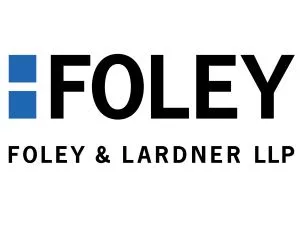- within Government, Public Sector, Insurance and Coronavirus (COVID-19) topic(s)
As payment reforms, such as bundled payments and Accountable Care Organizations (ACOs), drive further provider collaboration to achieve lower costs with enhanced outcomes, post- acute providers, especially assisted living sites, find themselves at the junction of important strategic decisions. Historically, assisted living was viewed as a "nursing home light" model that allowed aging in place and possible later admission to a Skilled Nursing Facility (SNF). Hence, many State laws cap or limit the amount of skilled care that is allowed at assisted living sites. However, the growing consumer preferences for home-like care settings coupled with the search for lower cost care settings from discharge sources has increased the general acuity of clinical care at assisted living sites. Assisted living providers have responded in various ways including developing ancillary home health, hospice, therapy, and pharmacy services as well as partnerships with hospitals and physicians for short term respite care.
Recently, some assisted living trade associations have supported legislation to expand the clinical envelope of allowed care at assisted living sites to include "limited health care services" such as administration of an injectable, wound care, catheter placement, and oxygen therapy. For example, pending legislation in Massachusetts in the form of Senate Bill 2139, which is currently being considered by the legislature's Joint Committee on Elder Affairs, has supported this approach of allowing limited health care services. Notably, Massachusetts, unlike many other states, does not regulate assisted living facilities as health care facilities, which means that the aggregate resources of the Department of Public Health's regulatory arm would not have per se authority to regulate the limited health care services offered by Massachusetts assisted living facilities. That dichotomy demonstrates the ongoing debate among assisted living stakeholders regarding the characterization of assisted living facilities as residential, clinical, or somewhere in between.
Assisted living providers seeing an opportunity in this area must balance:
- the attractive residential setting of its "core" population, and the reality that the average assisted living resident is frailer now than when assisted living laws were initially promulgated; against
- existing regulatory restraints and the opportunity to evolve their model in a way that may very well reflect permanent changes in the health care delivery model.
A good example of the latter is the new bundled payment initiative, which creates a mandatory payment cap (subject to shared savings) for hospitals that includes a 90-day post discharge period of care. Hospitals with costs exceeding a regional cap will be highly incentivized to send patients directly "home" rather than to higher cost settings such as SNFs or IRFs to avoid possible losses. Assisted living may well play a role in this space.
Assisted living operators must take stock of the new payment and delivery models evolving in the health care system, understand these models' impact, and cultivate a strategy to intelligently participate and succeed in the new health care delivery system.
The content of this article is intended to provide a general guide to the subject matter. Specialist advice should be sought about your specific circumstances.


